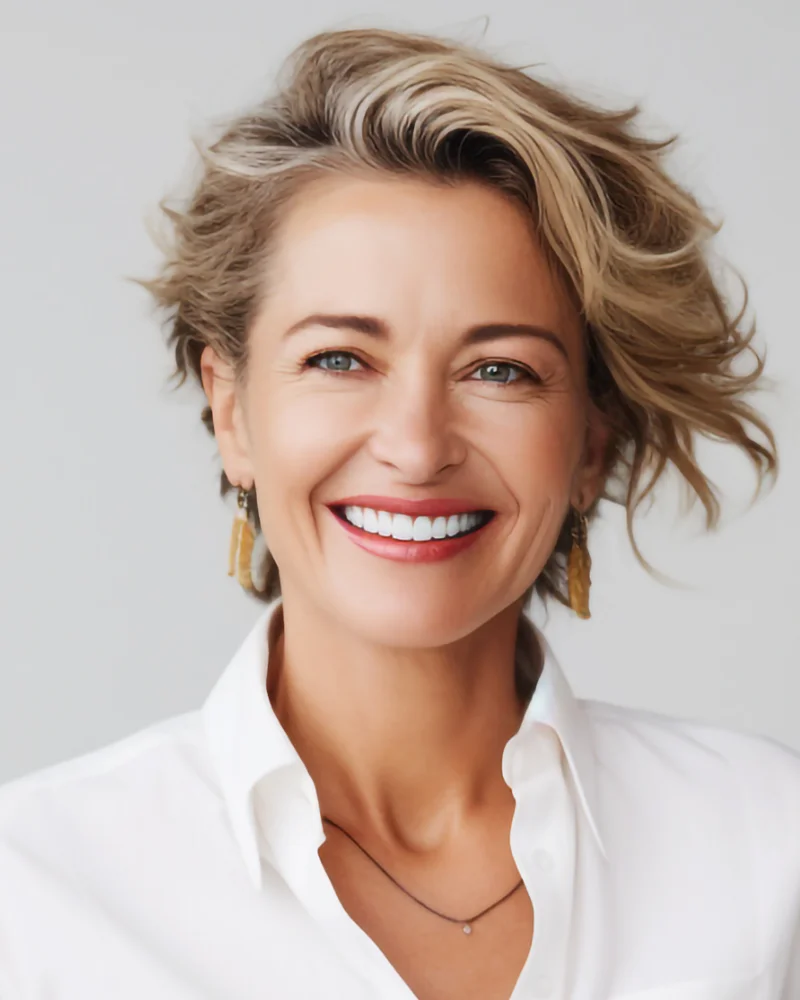
Blepharoplasty in NYC
Human eyes constantly express myriad emotions and project even subtle changes in our feelings. Unfortunately, the eyes’ constant muscle activity can significantly contribute to the aging of the eyelids. Eyelid surgery, or blepharoplasty in Manhattan, NYC, with Dr. Konstantin Vasyukevich restores the youthful appearance of the eyes by rejuvenating the upper and lower eyelids.
A double board-certified facial plastic surgeon and renowned blepharoplasty expert in New York City, Dr. Konstantin brings back the youthful appearance of your eyes in a way that looks completely natural.
Featured Blepharoplasty Before & After Photos
Picture Your Transformation
Keep in mind that each patient is unique and your results may vary.
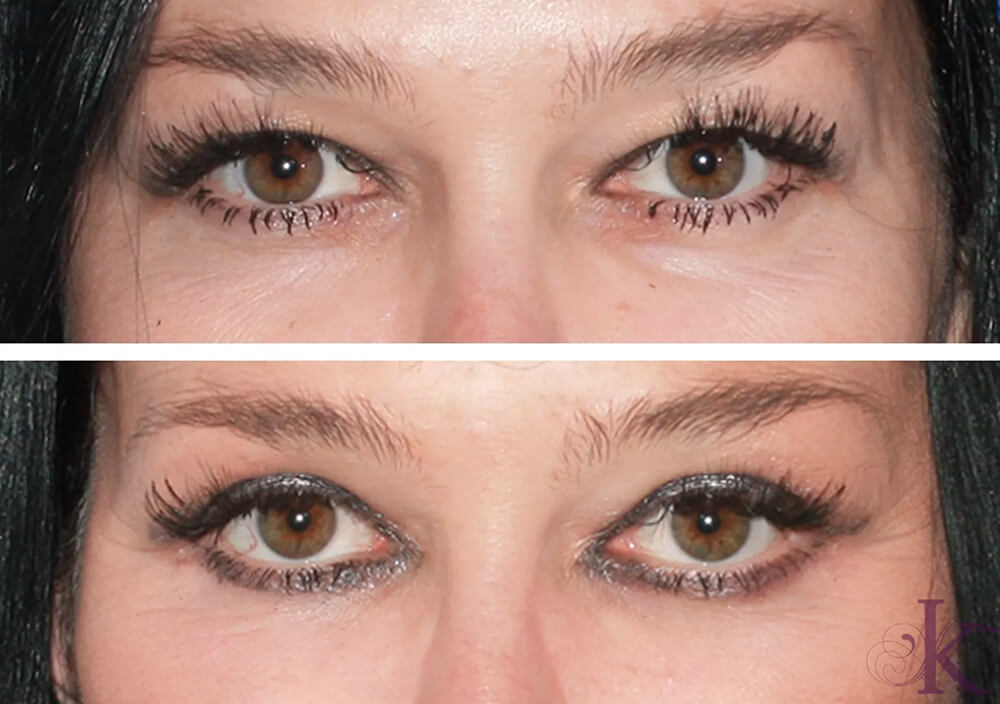
Upper Blepharoplasty and Lower Blepharoplasty
Our patient came to us troubled by the bags and wrinkles which formed around her eye area. Her main objective was to restore a bright, refreshed look, while diminishing the fine lines and wrinkles. We completed both upper and lower blepharoplasty procedures to address her concerns.
View Photo Gallery Request My Consultation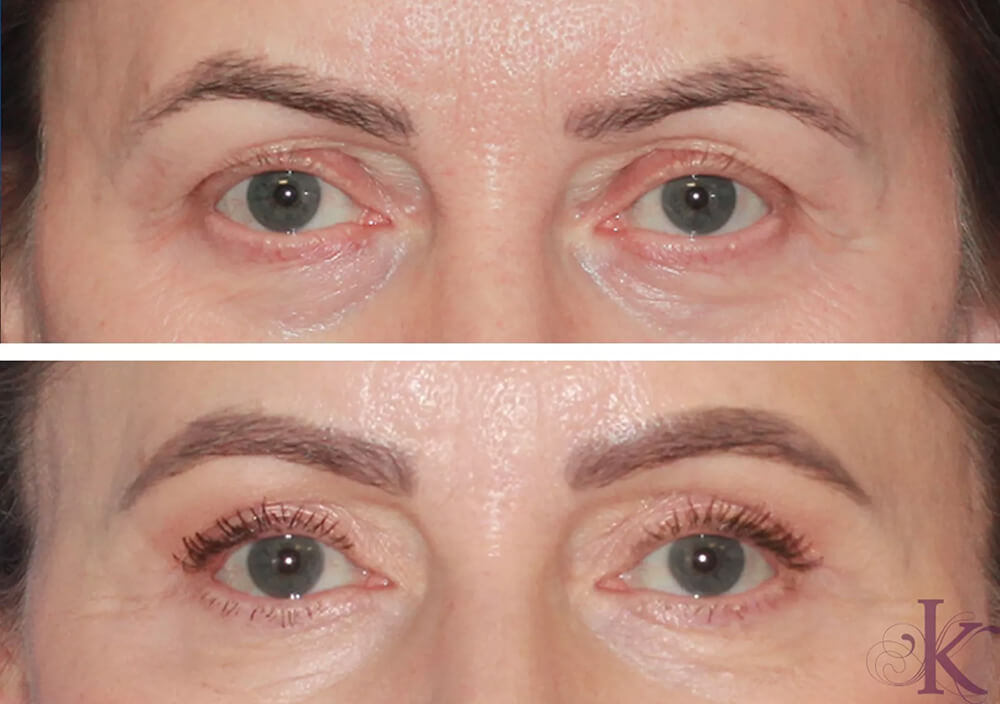
This patient was concerned about the excess skin and wrinkles surrounding her upper eyelids. Her goal was to achieve a more vibrant, youthful, and rejuvenated appearance. An upper blepharoplasty was performed, often referred to as “upper eyelid surgery.” During this procedure, strategic incisions were made along the natural creases.
View Photo Gallery Request My Consultation
Lower Blepharoplasty
This patient presented to us seeking to help address the noticeable bags and wrinkles she has developed under the eyes. She felt these aging changes made her appear tired and older than she actually was. She wanted to look more youthful and revitalized. A lower blepharoplasty (eyelid surgery) was performed on this patient in our NYC office.
View Photo Gallery Request My Consultation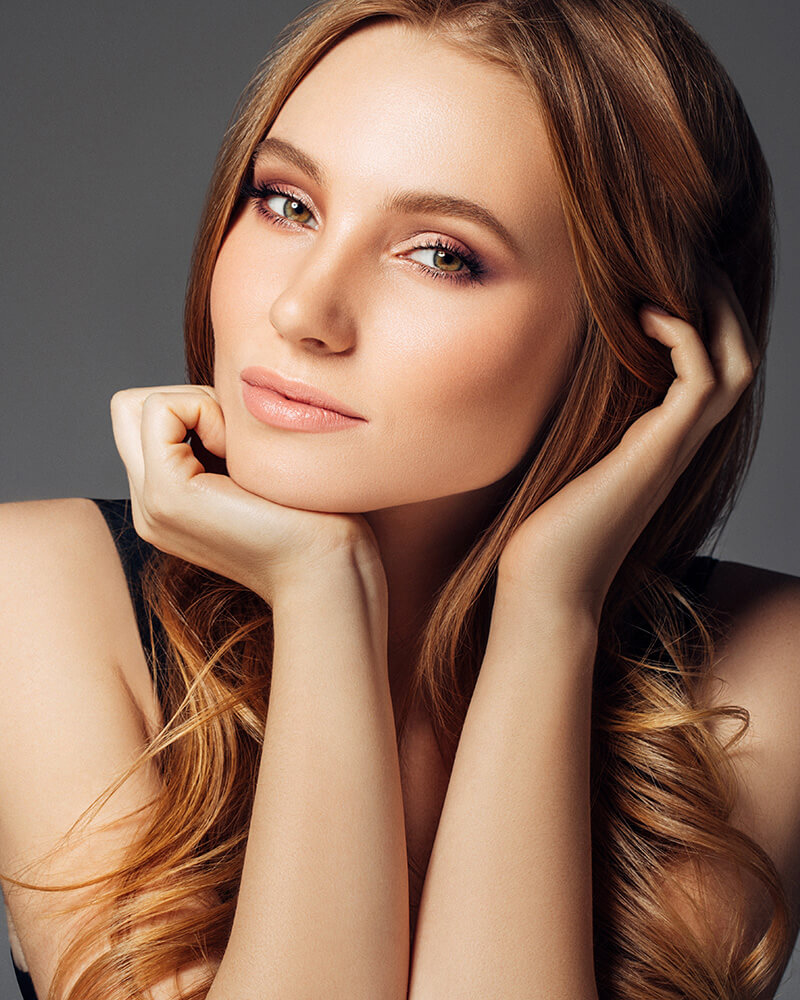
How the Eyelids Age
Beautiful, youthful eyes are one of the most attractive features of our faces, and rightfully so. They deserve a great deal of attention! Over time, our eyes tend to lose their radiance and begin to look aged. The delicate skin around the eyes lacks the support of underlying fat and is quite susceptible to aging changes, easily stretching and developing bags and wrinkles. All this can obscure the eyes’ innate beauty and make them look dull and tired.
Upper Eyelid Concerns
As we age, the skin of the upper eyelids often starts to appear droopy. Excess skin can cover a part or even the whole eyelid, sometimes extending as far as the eyelashes. This extra skin makes it difficult to apply makeup and causes the eyes to appear smaller. In advanced cases of eyelid aging, the excess skin can interfere with vision, making it difficult for a patient to look upward.
For some people, the aging changes are more prominent on the outer corners of the eyelids, causing a downward slant of the eyes that makes the face look sad and tired.
Another change that can often cause the eyes to appear aged is volume loss around the upper eyelid and the temple. This often makes the eyes look hollow and causes the bone of the orbital rim to appear more prominent. These volume changes can further contribute to an aged look.
Lower Eyelid Concerns
Lower eyelids can often develop “bags” as part of the aging process. The bags create a permanent shadow under the eyes and make you look tired and sleep-deprived. Often, in addition to the bags, the skin of the lower eyelids becomes droopy, with many lines and deep grooves developing.
All these aging changes around the eyes can cause a tired and aged look, even in otherwise young and attractive faces.

Speaking From Experience
“Patients tend to be surprised at what a big difference this relatively small procedure can make. The scars are practically invisible, the recovery is quick, and patients get a much brighter, more open look.”
How Much Does Eyelid Surgery Cost in NYC?
The cost of eyelid surgery in NYC varies from patient to patient. Dr. Konstantin customizes your surgical plan after the consultation, taking your physical examination and cosmetic goals into account.
Blepharoplasty performed by Dr. Konstantin usually ranges from $10,500 to $22,500. The procedure costs more for patients who have both upper and lower eyelid surgery, and the price increases beyond this range for patients who combine blepharoplasty with other procedures. It can be cost-effective to have multiple procedures performed simultaneously, as you will save money by only paying the operating room and anesthesia fees once.
Our Patients Say It Best
He is an Artist!!
Dr Vasyukevich is an Artist! Two weeks after surgery I was able to go back to work without anyone realizing that I had such major surgery done. Even some of my family members did not realize. Highly recommend him!!!
Dr. K Changed my Life
Dr. Konstantin is a magician. The confidence and professionality of his work changed my life. I would recommend Dr. Konstantin to anyone who wants to feel young and confident again.
Absolutely amazing – he gave me a youthful appearance
Dr. K is absolutely amazing when it comes to rejuvenating the face and giving you a youthful appearance. I would highly recommend Dr. K. The experience and vibe in his office is unparalleled and each staff member was kind. Can’t wait for my next visit!
Wonderful Results!
I had a fantastic experience & wonderful results with a facelift and upper bleph with Dr. K. Thrilled with the results, he took about 15 years off my face, I look 100% like me, just the younger me. Highly recommend!
Who Is a Good Candidate for Eyelid Surgery?
Droopy skin covering upper eyelids and puffiness under the eyes are two common problems that can be solved with blepharoplasty. People with puffy eyes and those whose eyes look tired with sagging skin are often good candidates for this procedure.
During your consultation, Dr. Konstantin thoroughly evaluates your eye area to determine whether you are a good candidate for surgery on your upper, lower, or both sets of eyelids.
Your Blepharoplasty Procedure
Anesthesia
Blepharoplasty is a small and quite delicate surgical procedure. Oftentimes Dr. Konstantin performs it using local anesthesia and mild sedation. The eyes are first numbed with a topical anesthetic and then injected with additional anesthesia.
Incisions
Dr. Konstantin hides the incisions in the natural skin creases and lines around the eyes to make them inconspicuous. In some cases, lower eyelid surgery can be performed through incisions made inside the lower eyelid.
Upper Eyelid Procedure
In upper blepharoplasty, Dr. Konstantin removes the excess skin, redundant muscle, and protruding fat to restore a youthful eyelid shape and “open up” the eyes.
Lower Eyelid Procedure
Lower blepharoplasty is primarily concerned with the removal of excess fat under the eyes. Dr. Konstantin can perform this procedure through a small incision on the inner surface of the eyelid, thus avoiding any external scars (transconjunctival blepharoplasty). In more advanced cases of eyelid aging, when, in addition to removing the fat, the skin needs to be tightened, he places the incision in the crease right under the eyelashes. Once he removes excess fat and sagging skin and achieves a smooth and natural contour of the eyelids, he closes the incisions with small sutures and places cold compresses over the eyelids.
What To Expect From Eyelid Surgery Recovery
The time needed for healing after blepharoplasty varies from patient to patient; in large part, it depends on the type and the extent of the procedure. On average, it takes from 3 to 7 days for someone to feel comfortable going back to work and resuming their normal daily activities. Some help from glasses or a touch of makeup to cover the occasional bruise might be necessary to hide the residual signs of surgery.
Complementary Procedures
A few other procedures can significantly complement the results of blepharoplasty. A brow lift could be a great way to “frame” the eyes by improving the shape and position of the brows. Fat grafting can restore the volume and the shape of the upper cheek and the periorbital area to further enhance the rejuvenating effect of blepharoplasty. The skin of the eyelids can be further smoothed out by a nonsurgical treatment such as a laser peel, BOTOX® Cosmetic, or temporary dermal fillers.
Eyelid surgery is quite often performed at the same time as a facelift for comprehensive facial rejuvenation. Dr. Konstantin is happy to recommend any procedures that might help you reach your best possible results during your consultation.
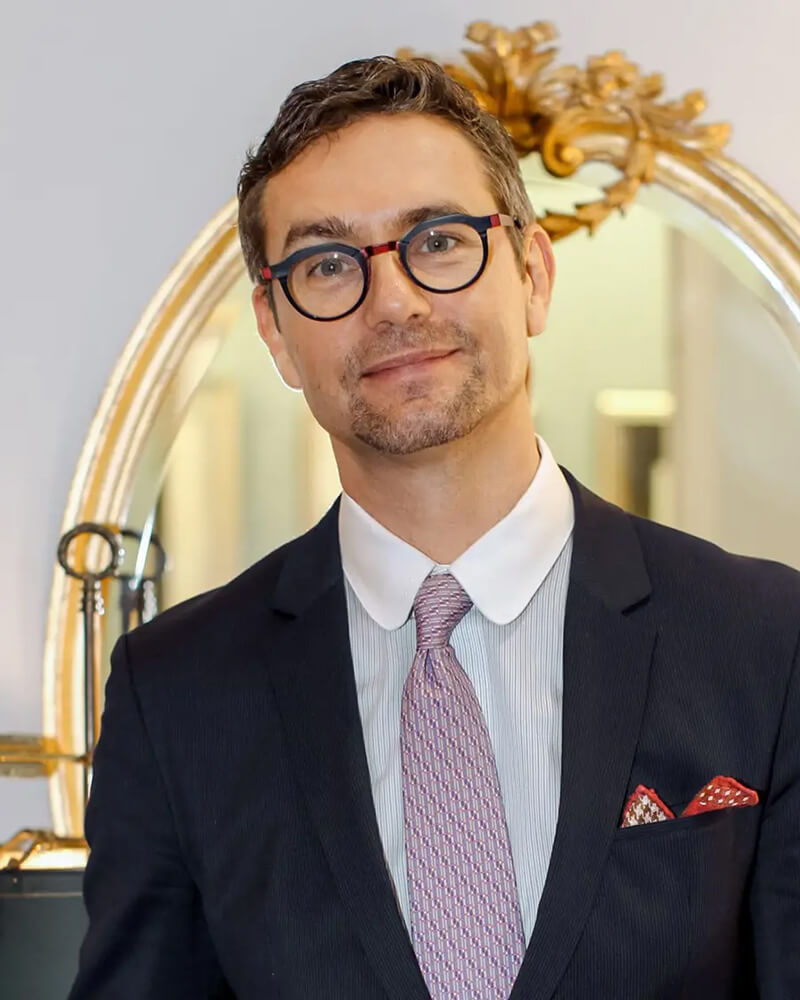
Blepharoplasty FAQs
Can I wear contact lenses after surgery?
Yes, but you will need to wait until the initial recuperation period is over. Wearing contact lenses before your incisions are fully closed can lead to discomfort and even infection. To allow your eyes to heal undisturbed, Dr. Konstantin advises blepharoplasty patients to wait at least 10 days after surgery to begin wearing contacts again. In the interim, you are permitted to wear regular eyeglasses. If you require corrective lenses and don’t own eyeglasses, it’s important to plan ahead and be sure you have a pair of glasses on hand to use after your surgery.
How long will the results of my blepharoplasty last?
The longevity of your results depends on the details of the surgery. Certain techniques tend to create longer-lasting results than others. During your consultation, Dr. Konstantin gives you a more specific idea of the type of results you can anticipate. Generally, the least invasive blepharoplasty creates results that last for at least 5 years. More significant surgeries that require the removal of excess skin can yield results that last for more than a decade. It’s important to understand that blepharoplasty, like any other facial rejuvenation surgery, does not stop the aging process but, instead, resets the clock.
What will my eyelid surgery scars look like?
Patients are drawn to blepharoplasty partly because it doesn’t create significant scarring. The incisions are often made so expertly within the natural creases of the eyelids that the resulting scars are nearly invisible.

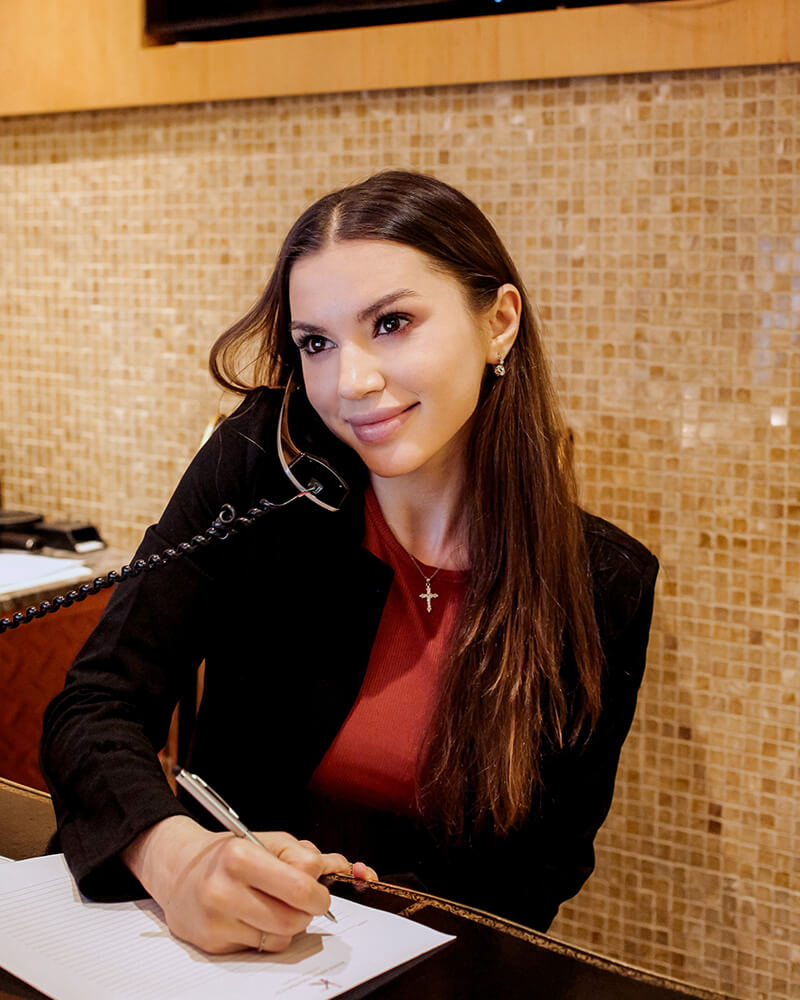
Request Your Consultation
If you’re interested in rejuvenating your face with eyelid surgery by the best facial plastic surgeon in NYC, request a consultation online or call (212) 380-3634 to speak to a member of our team.
Schedule Your ConsultationOur Latest Blepharoplasty Posts
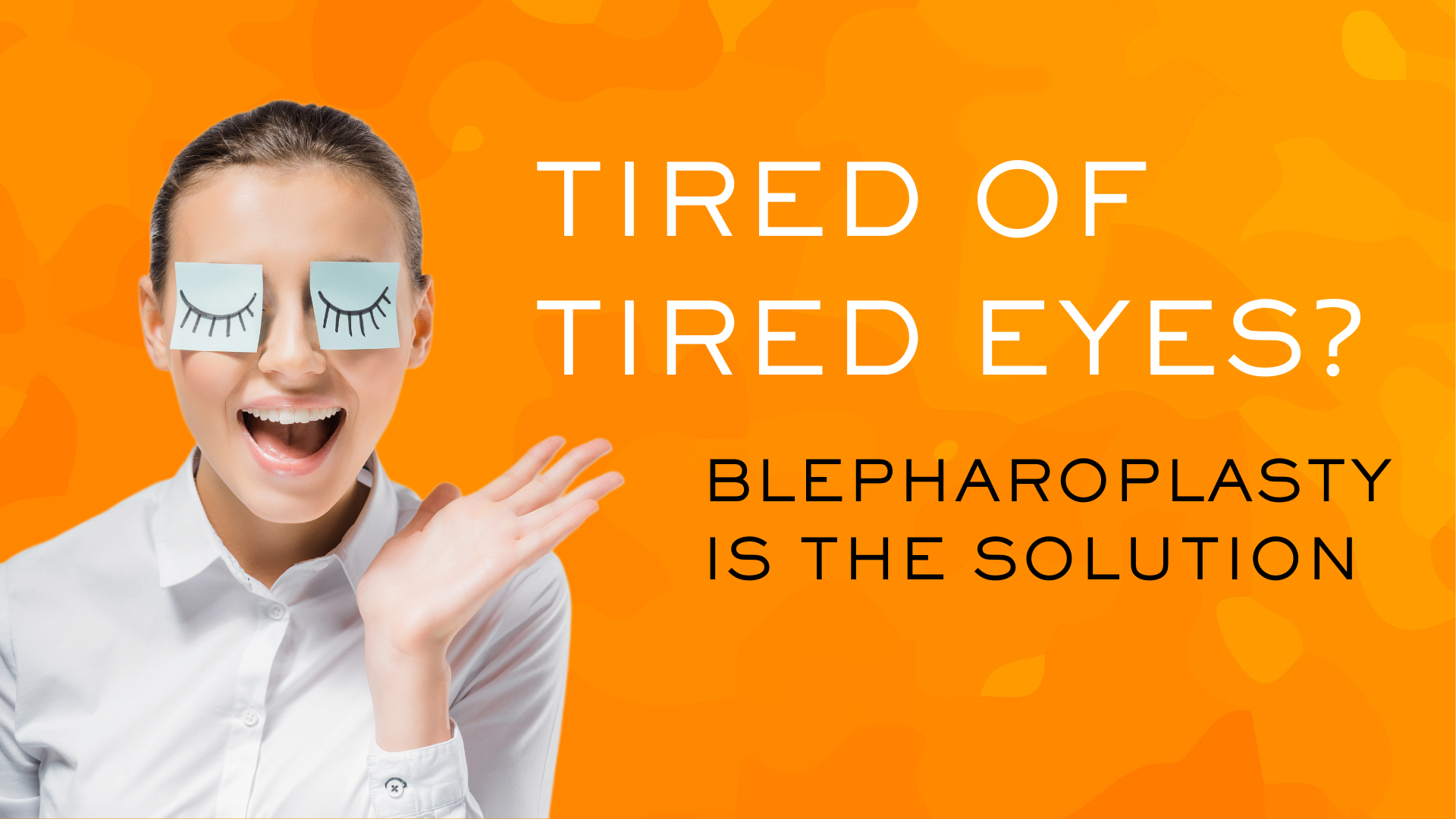
Tired of Tired Eyes?: Blepharoplasty Could be Your Solution
Do you wake up feeling exhausted, even after a full night’s sleep? It’s frustrating when you look in […]

Under-Eye Treatments: Jelly Rolls, Wrinkles, and Bags Demystified
When you hear the term “jelly roll,” you might think of a pastry or a quirky dance move. […]
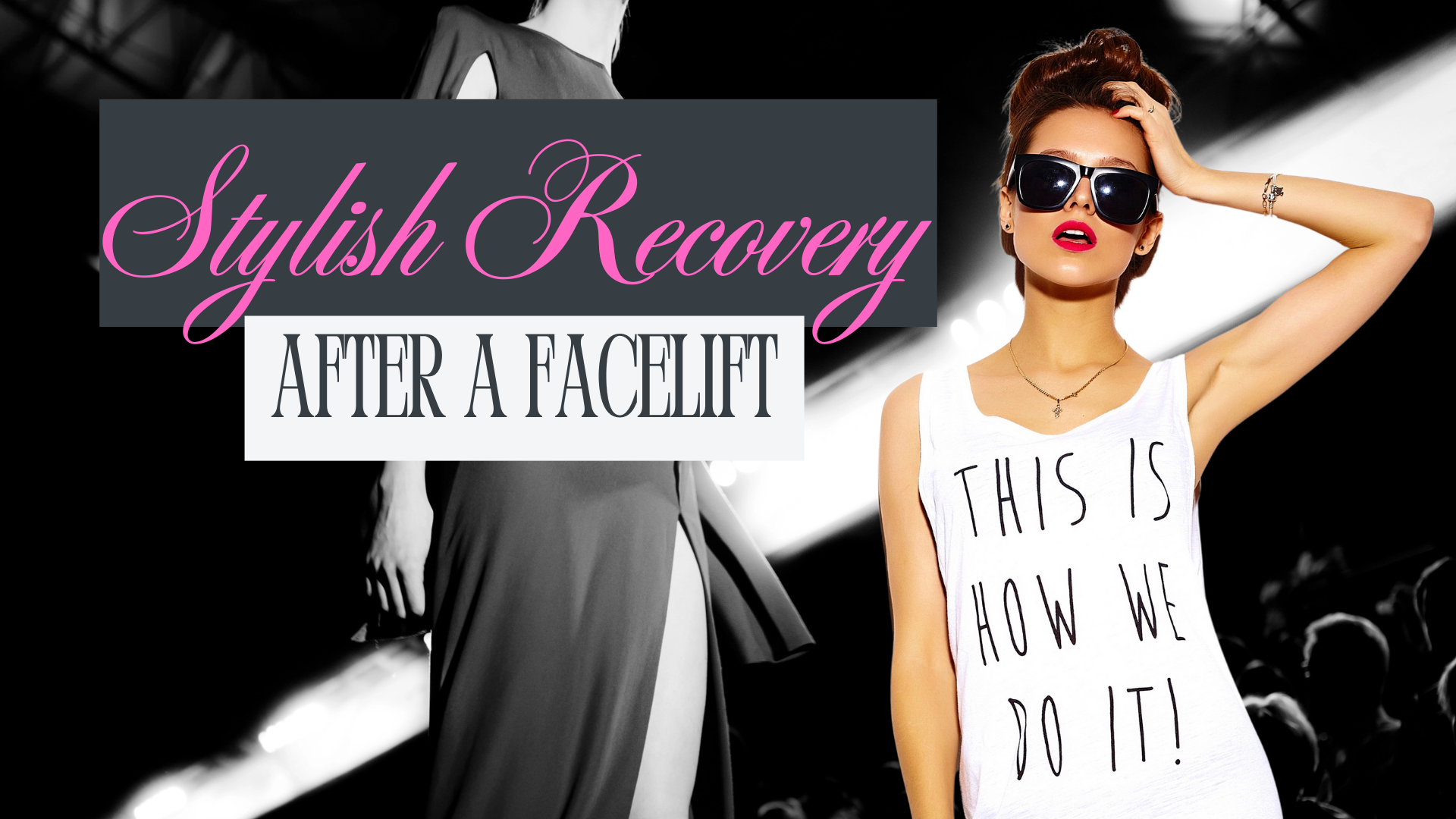
Stylish Recovery: Fashionable Materials to Wear After a Facelift
Undergoing a facelift often involves some downtime, and the post-operative period can sometimes leave you feeling self-conscious about […]

Facelift Terminology: Medical Terms Every Patient Should Know
Thinking about a facelift is an exciting step toward feeling and looking your best. However, there are a […]
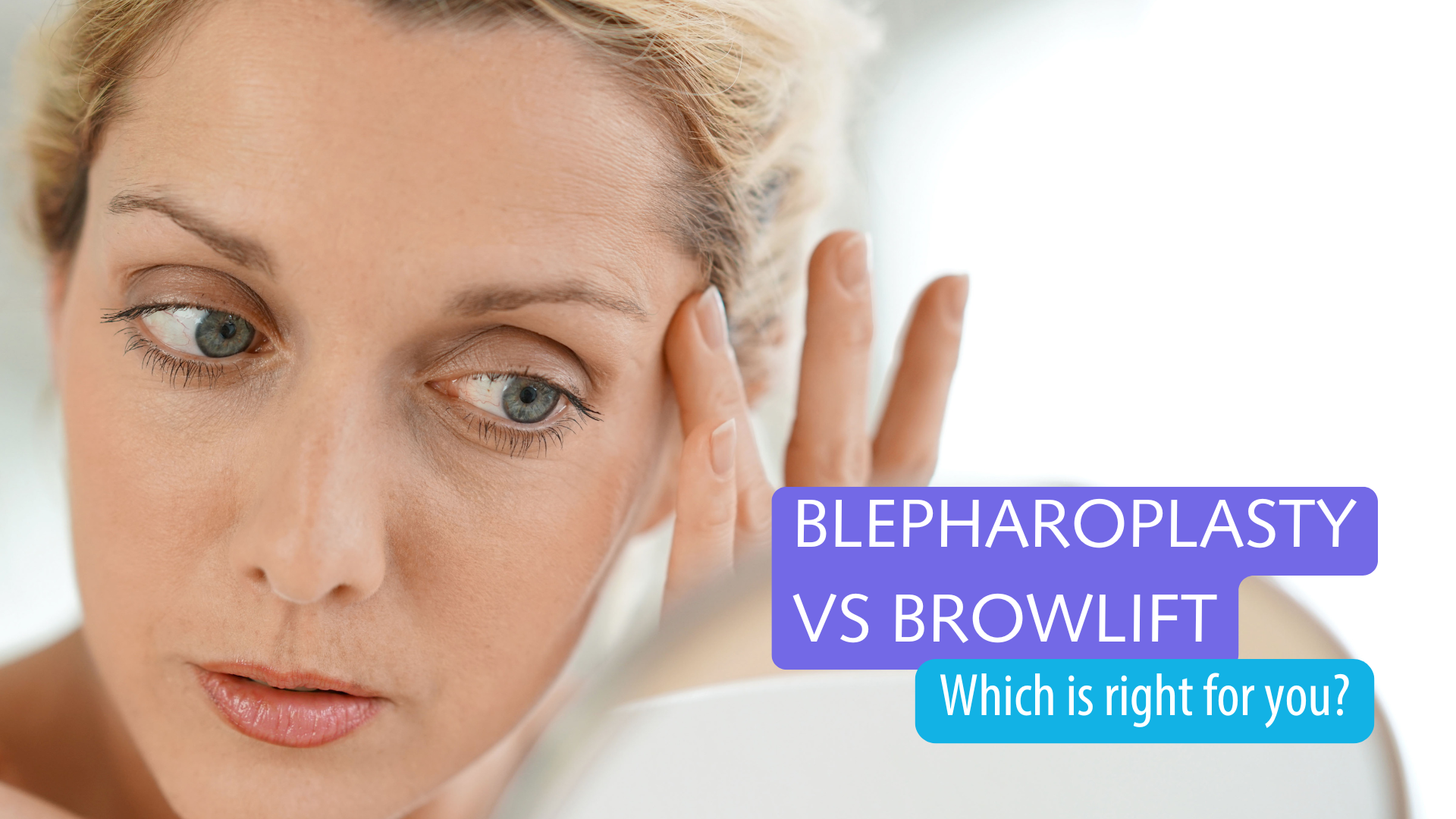
Blepharoplasty vs. Browlift: Which Is Right For You?
Have you ever looked in the mirror and asked yourself, “Why do I look so tired?” Or maybe […]
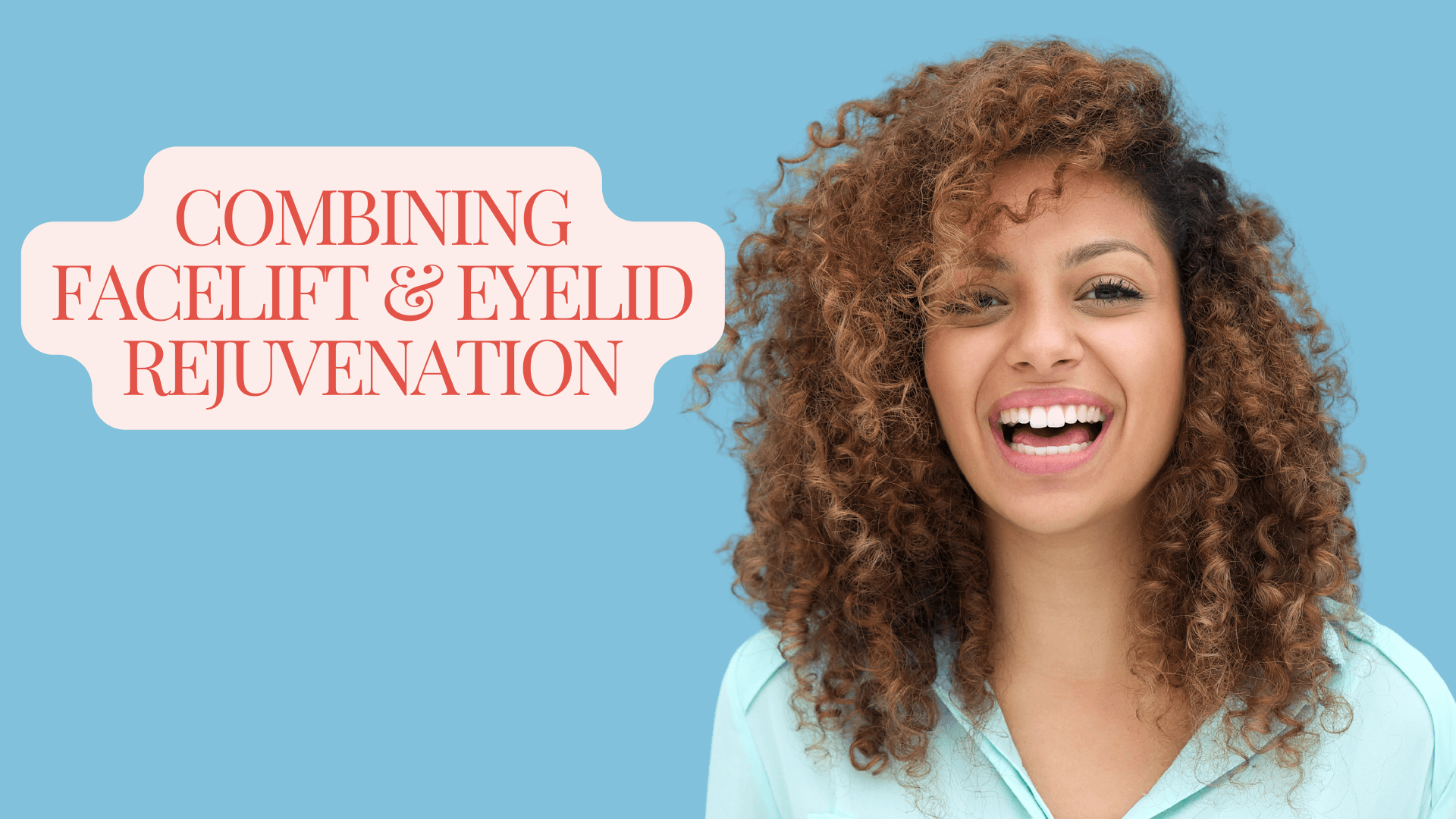
Combining Facelift & Eyelid Rejuvenation
When patients explore facelift surgery, it is often because they want to address signs of aging on the […]